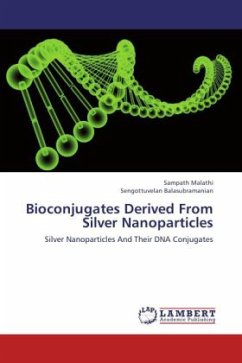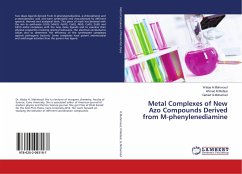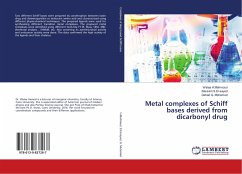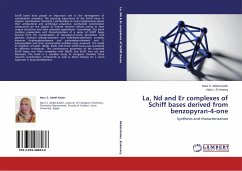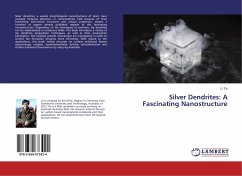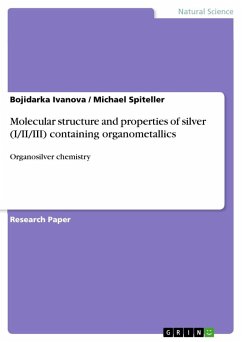The starch capped Ag nanoparticles were obtained by the chemical reduction of AgNO3 and they were characterized by the isolation of DNA from E.Coli (pUC18) has resulted in single strand DNA which was subsequently modified with Traut s reagent. The introduction of thiol group to the DNA by Traut s reagent facilitates the formation of bioconjugate. The Ag-DNA bioconjugate was characterized by spectroscopic techniques and SEM studies. The comparative study of the scanning electron micrographs of the free DNA and the bioconjugate clearly demonstrated the binding of Ag nanoparticles with DNA through the linker group. The vibrational spectrum of the bioconjugates also provides additional evidence to its formation. The Surface Plasmon Resonance spectrum of the Ag nanoparticles exhibits its absorption maximum at 419nm while its DNA bioconjugate shows its absorption maximum at 437 nm. It has been used as a biosensor.
Bitte wählen Sie Ihr Anliegen aus.
Rechnungen
Retourenschein anfordern
Bestellstatus
Storno

